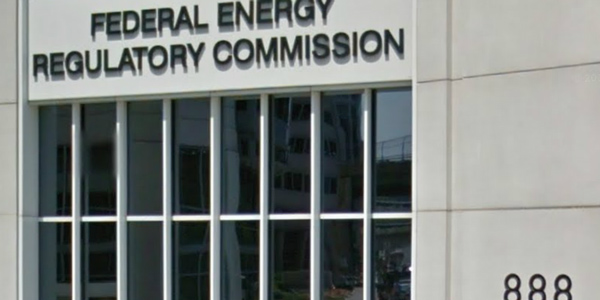FERC proposed adopting the latest updates to the North American Energy Standards Board’s Standards for Business Practices and Communication Protocols for Public Utilities (RM05-5-29, et al.).
Under a Notice of Proposed Rulemaking approved at the commission’s meeting on Thursday, FERC will move to Version 003.3 of the standards, which were passed by NAESB’s Wholesale Electric Quadrant (WEQ) in March. The new rules will replace Version 003.2, adopted by FERC under Order 676-I in February. (See FERC Adopts NAESB Business, Communication Rules.)
“While the commission only recently incorporated Version 003.2 in its regulations, we are proposing to move forward on Version 003.3 because this version of the standards contains a number of major initiatives whose incorporation … will improve the security and the efficiency of business transactions,” FERC said.
Cybersecurity a Primary Focus
Version 003.3 focuses largely on improvements to cybersecurity via both newly created standards and modifications to several existing standards:
- WEQ-000: Abbreviations, acronyms, and definition of terms
- WEQ-001: Open Access Same-Time Information System (OASIS)
- WEQ-002: OASIS standards and communication protocols (S&CP)
- WEQ-003: OASIS S&CP data dictionaries
- WEQ-004: Coordinate interchange
- WEQ-008: Transmission loading relief — Eastern Interconnection Business Practice Standards
- WEQ-013: OASIS implementation guide
- WEQ-023: Modeling
The revised OASIS standards add the ability to provide more information about curtailing firm transmission service and to post third-party offers of planning redispatch services. In addition, NAESB implemented a number of additional modifications to OASIS that were not requested by the commission, including modifications to improve query functionality; full documentation of encumbrances to unconditional firm transmission; expanded notice functionality; and allowing the use of next-hour market service.
Further changes are aimed at restoring the NAESB standards’ consistency with NERC reliability standards, which was affected by retirement of certain NERC coordinate interchange and modeling, data and analysis standards. NERC and NAESB coordinated on updating standards related to e-tagging, along with the calculation of available transfer capability and available flowgate capability.
Modifications to the WEQ-008 standard are intended to complete the standards development effort for the parallel flow visualization (PFV) enhanced congestion management process. NAESB, NERC and the Eastern Interconnect Data Sharing Network (EIDSN) have been working on the PFV standards for several years with the goal of “improving upon the congestion management procedures for the Eastern Interconnection through the use of real-time data in calculations for transmission loading relief obligations.”
Changes Address Dynegy Concerns
The changes to OASIS are also intended to bring NAESB’s standards in line with FERC’s “Dynegy redirect policy,” which states that “transmission customers receiving firm transmission service and requesting redirect rights do not lose rights on the original path until the redirect request is accepted by the transmission provider, confirmed by the transmission customer and passes the conditional reservation deadline.”
FERC ordered NAESB to re-examine compatibility with the Dynegy policy at the request of the Edison Electric Institute and Open Access Technology International, which requested clarification on how the Dynegy policy would apply to short-term redirects upon adoption of the NAESB standards. (See EEI, OATI Seek Clarification on FERC Order.)
The commission said the introduction of new requirements for transmission providers to post information on curtailments of firm transmission service would bring the standards back in line with its redirect policies, including Dynegy. The new standards also remove language from the preambles to WEQ-001-9 and WEQ-001-10 relating to redirects, after FERC decided to exclude this language when it adopted the previous version of the standards.
FERC is proposing to implement the Version 003.3 standards under an 18-month timeline — other than those related to cybersecurity, which utilities would be required to implement within 12 months from the publication of a final rule. The commission has not decided yet whether the new timeline will supersede that given for implementation of Version 003.2, which was extended earlier this year to Oct. 27, 2021. (See NAESB Implementation Deadline Extended.)




